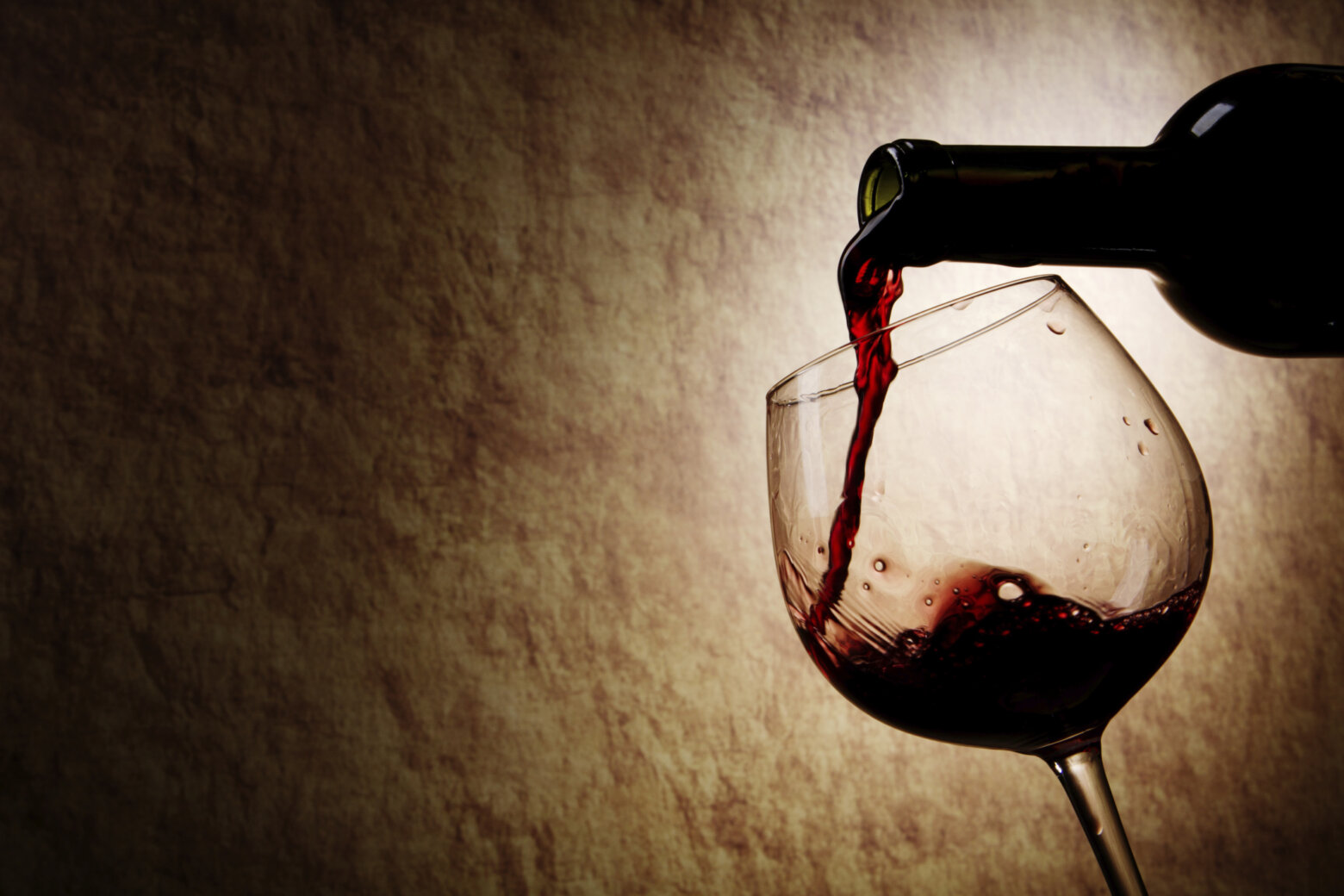Like so many things in life, rosé wines appear to be the result of tradition rather than evolution. It is believed that ancient Greek traders brought grape vines to the southern region of France around 600 B.C. At this time, all wines were light red or pale in color since the grapes were rarely vinified for long periods of time.
Eventually, the pale, or rosé, wines made in the area developed a reputation across the region for its remarkably bright flavors and thirst-quenching quality. The Romans cruised into the area around 150 B.C. and called it Provincia Romana, now known as Provence, France.
Today, rosé is not a specific varietal but is a style of wine that generally ranges in color from soft pink to light purple, depending on which grapes are used and the winemaking technique employed.
Traditional red wines get their color from lengthy contact between the juice and the red grape skins. Most rosé wines are made using the Saignée — literally “bleeding” — method where the juices are bled away from the skins soon after the grapes are crushed, leaving behind a pale-to-dark pinkish hue.
In addition, many different types of grapes are used to produce rosés. The most popular are made from Rhone varietals including carignan, Grenache, mouvedre and syrah, as well as varietals popular in other grape-growing regions, such as Sangiovese, malbec and pinot noir.
Rosé wines are generally produced with little or no oak, so the wines characteristically run to the bright red fruit side of the flavor spectrum. The abundant acidity provides a crisp and refreshing finish.
Best of all, rosé wines are versatile and easy on the wallet. Served well-chilled, they make a great companion for the hammock on their own or they can keep up with grilled seafood or chicken, as well as roasted pork.
If you want to add a festive flair to your glass, try a sparkling version. The Nonvintage La Vieille Ferme Réserve Rosé Brut from the Rhone Valley of France is designed to share your celebration in elegance and simplicity. Whether served as an aperitif with friends or at a lavish banquet, this wine will brighten any occasion. A blend of Grenache Noir, Cinsault and Pinot Noir offers up aromas of wild strawberry and white flowers, while flavors of white peach and raspberry fruit are delivered across the palate by finely tuned bubbles. An ideal aperitif or terrific pairing with Asian cuisine. $17
Looking for a wine to shout “Hola!” on the tongue? Try the 2018 Marques de Caceres Rose from Rioja, Spain. This rosé is made from 100% tempranillo. It exudes aromas of strawberry and rhubarb on the nose and flavors of strawberries, peaches and cherries in the mouth. The finish is crisp and dry, so it will pair well with grilled or roasted chicken. It’s a lot of wine for only $12.
From the Stellenbosch region of South Africa comes the 2018 Wolftrap Rosé. Made from a blend of Cinsault, Syrah and Grenache Noir, the deep pink wine features luscious strawberry and red currant aromas that lead into clean and bright flavors of wild strawberry and pomegranate in the mouth. The wine finishes brisk and dry with hints of tangy citrus for a refreshing touch. $12
The 2017 Belle Glos Oeil de Perdrix Pinot Noir Blanc from the north coast of California is produced by the legendary Caymus Vineyards. Made exclusively from pinot noir, the salmon pink color offers vibrant aromas of fresh strawberries and red cherries. Flavors of raspberry, watermelon and bright red cherry linger on a creamy frame — 40% of the wine is vinified and aged in neutral oak — and finishes with a delightful note of minerality and crisp acidity. $24







